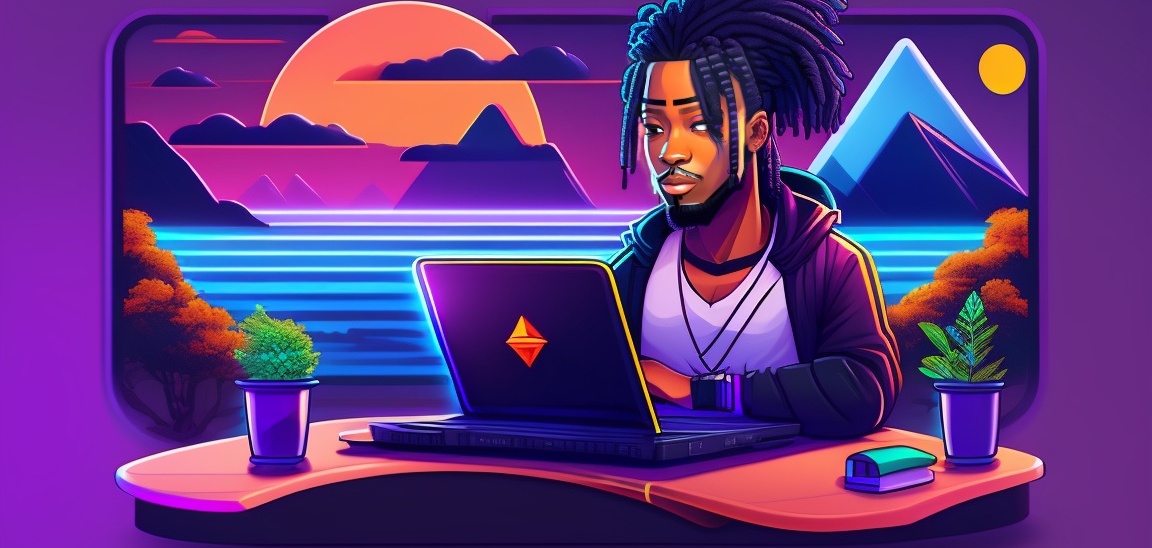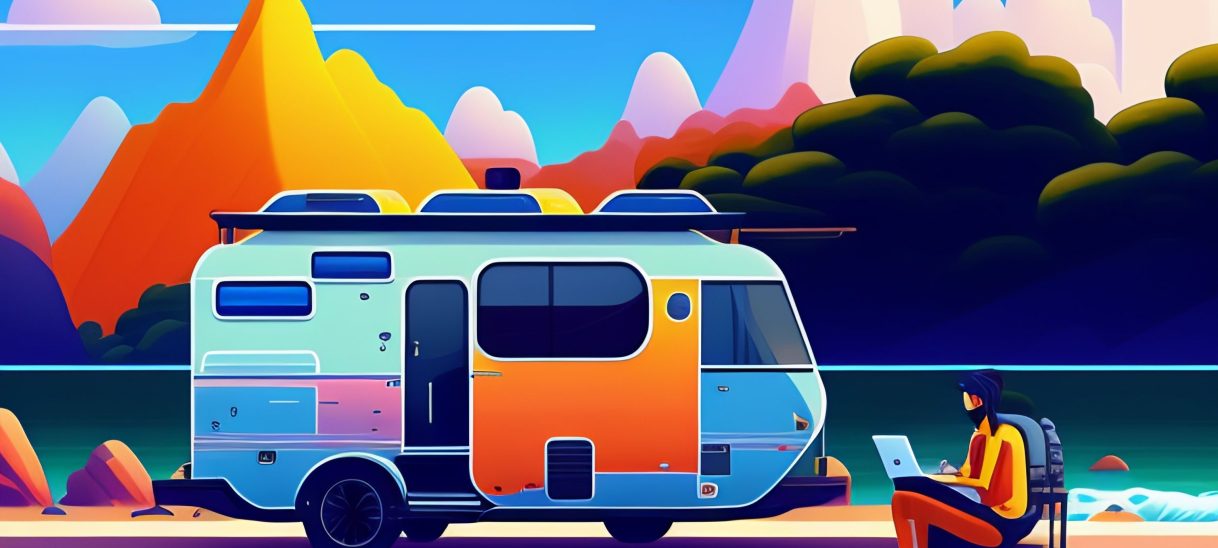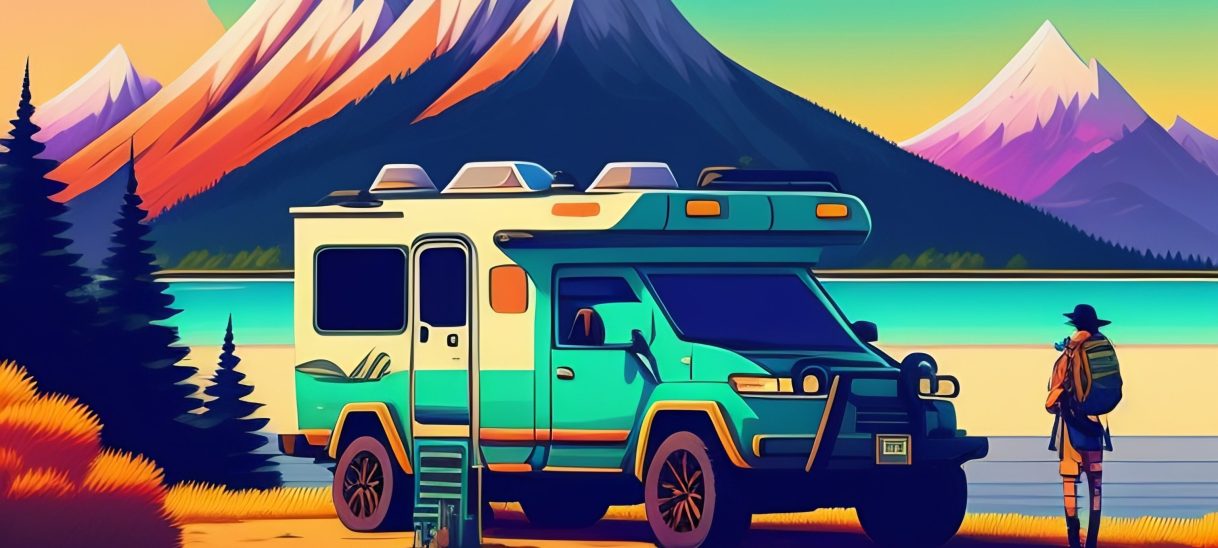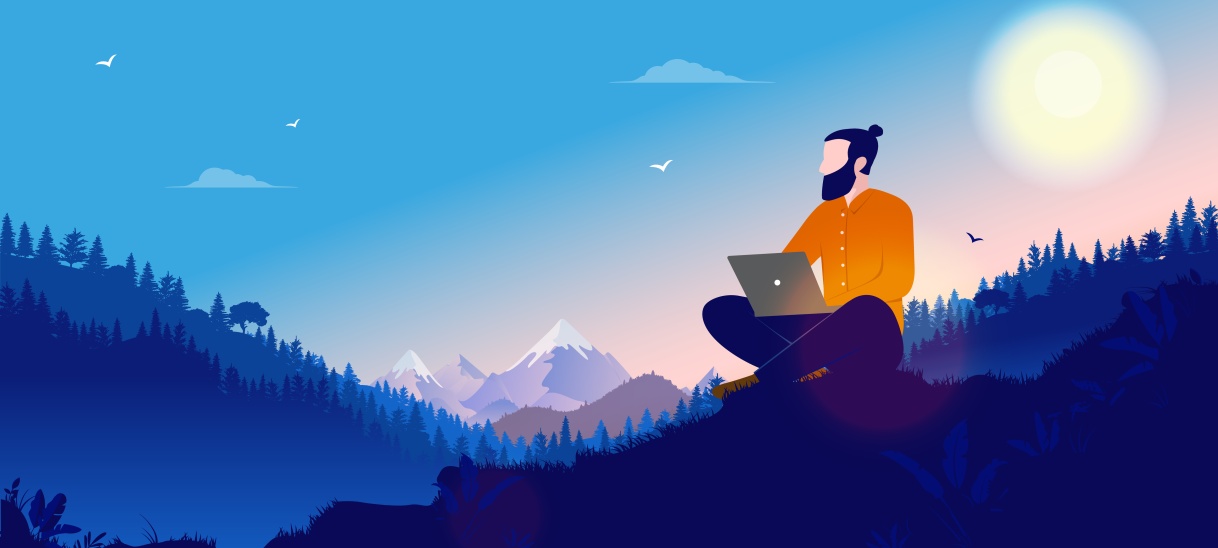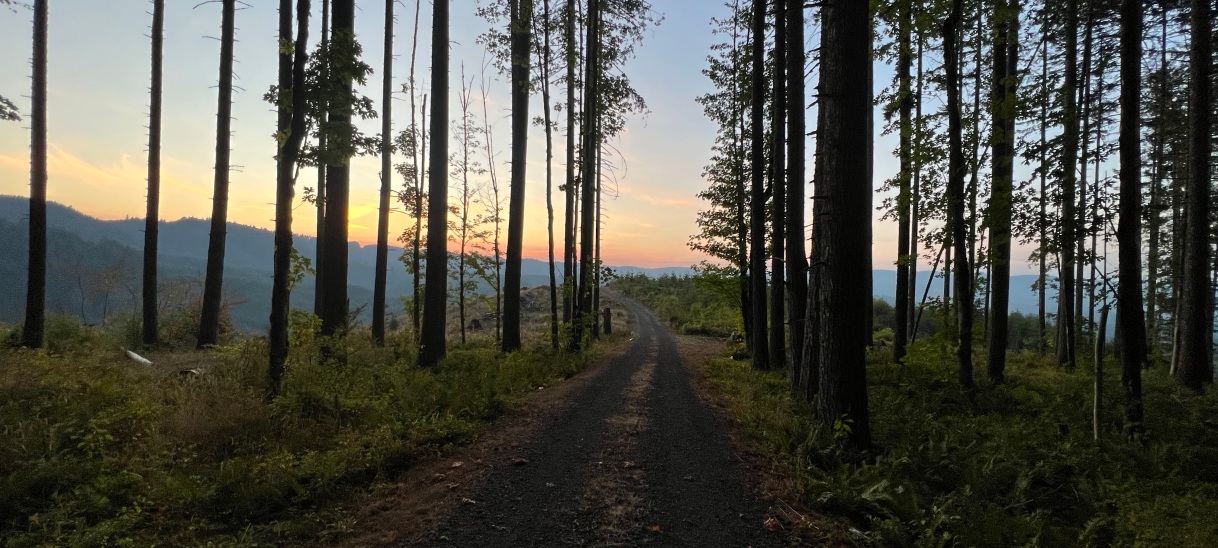As I sit down today, carving out time from the hustle to pen down my thoughts, I feel a profound sense of gratitude for the opportunities that the digital era has bestowed upon us. I’ve had the privilege to build a lifestyle around my passion for Web3, the flexibility of remote work, and the adventures of being a digital nomad. The common thread weaving these together is a value that I hold deeply – Freedom.
The rise of Web3 is revolutionizing the internet and our digital lives in ways we could only imagine a few years back. It’s an era of decentralization, where power is shifting from central authorities to individuals, and wealth is being redistributed. Innovations like smart contracts foster trust, while decentralized finance (DeFi) democratizes financial opportunities. Non-fungible tokens (NFTs) empower creators, and metaverses offer new realms of digital ownership. It’s empowering, it’s democratic, and it’s a testament to the essence of freedom.
In embracing the concept of remote work, I’ve been able to liberate myself from the physical boundaries of the traditional workspace. It gives me the liberty to manage my own time, focus on deep work, and most importantly, decide the terms of my work-life balance. It’s not just about working from home or a coffee shop, it’s about redefining what work means in this interconnected world.
Embodying the spirit of a digital nomad has allowed me to break free from geographic limitations. It’s a lifestyle that has permitted me to explore diverse cultures, meet fascinating people, and broaden my horizons while continuing to contribute to the global digital economy.
Freedom, for me, isn’t just about being unshackled. It’s about having the power to choose, to pursue my passion, and to shape my destiny while contributing to the larger community. The interplay of Web3, remote work, and the digital nomad lifestyle is a potent formula that nurtures this very freedom, and I couldn’t be more excited about the future it is shaping.

